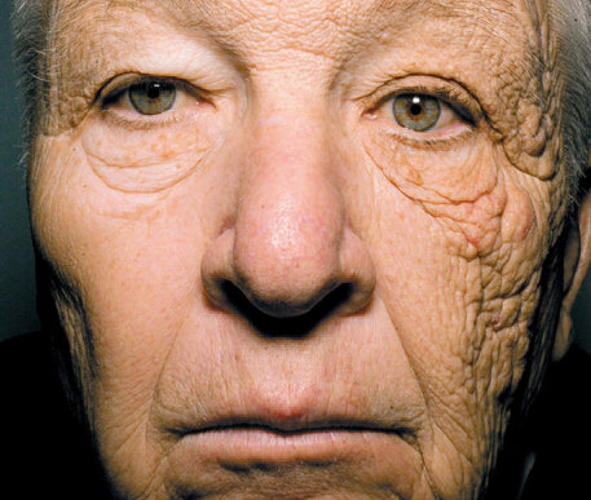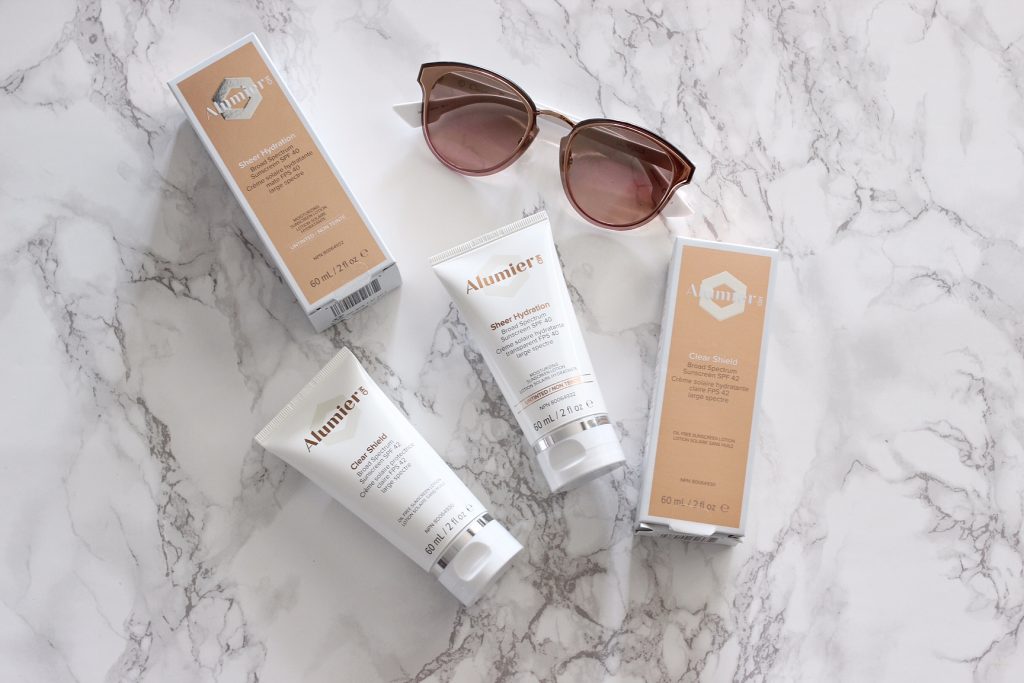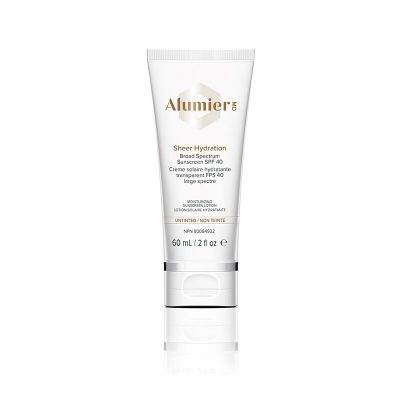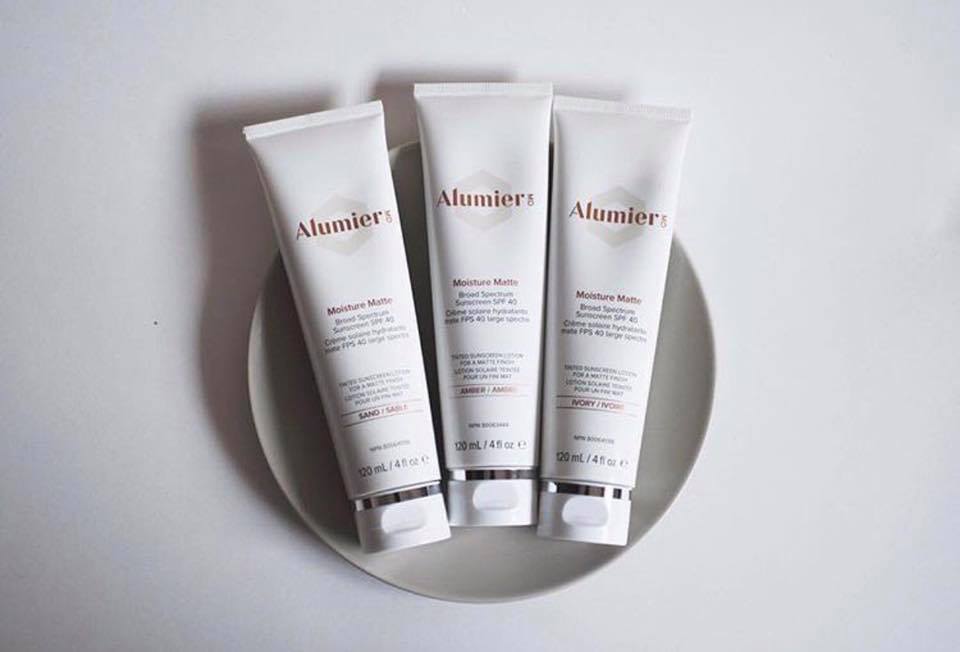Everything you need to know about using an SPF on your skin.
A large percentage of clients that come to our clinic, and in fact people all over the world have one thing in common. We all want to look YOUNGER and are always on the hunt for the latest product or treatment that will slow down the ageing process. Well we’ve found it for you – yup it really is Sunscreen! Not only is Sunscreen anti-ageing but it protects us from harmful UVA and UVB rays which can cause dehydration, pigmentation, fine lines and wrinkles, melasma and skin cancer.

‘95% of premature ageing of the skin is caused by sun damage’
We all crave that ‘healthy glow’ provided by a natural tan, but the harsh reality underneath that bronzed top layer is a less than healthy skin! The darkening of our skin when we expose it to the sun is caused when the melanin cells, known as melanocytes, come to the surface of the skin in an effort to protect the deeper layers from harm – our skin’s very own defence mechanism! However, if you want to stay looking younger for longer and prevent skin concerns like pigmentation, melasma and dehydration – not to mention skin cancer, then read on to understand why wearing a Sunscreen, and the right one is VITAL – every single day.
As skin specialists we see a lot of confusion and questions surrounding SPF usage… Which type do you buy? What’s the difference between Physical and Chemical SPF? What does Broad Spectrum mean? When should you apply and how often? What factor should it be? The list goes on….
Well fear not as we’ve answered all those questions for you below….
Chemical VS Physical SPF formulations – what are they and which one should I choose?
Chemical Sunscreens work by ABSORBING UV rays rather than deflecting them. They are often formulated with ingredients like oxybenzone, octinoxate, enzacamene, octocrylene and homosalate. While chemical sunscreens will offer protection against sun damage, their effectiveness will break down faster than physical filters in sunlight – this is known as its photostability. These chemical sunscreen filters are made up of small particles that are absorbed into the skin and ultimately your body. Some of these particles have even been found in plasma and urine and some studies that have been conducted in the past decade have found that these chemical sunscreen filters could be doing more harm than good. The health hazards of these chemicals can include hormone disruption, skin irritation or allergy and skin damage that occurs when sunlight interacts with sunscreen chemicals, a prime example of this is heat rash!
Physical Sunscreens however work by DEFLECTING harmful rays using ingredients like Zinc Oxide and Titanium Dioxide. Since these ingredients possess larger particles they stay safely on top of the skin, forming a reflective barrier for the UV rays to bounce off from and preventing any absorption of UV radiation into the skin, making them much safer to use. Not only do they take longer to break down in the sun meaning you get more time and value for your money, but they are also much less likely to cause skin irritation and reactions as they are well suited to most skin types.
What does an SPF grading mean?
SPF indicates the level of sunburn protection provided by a particular sunscreen. All sunscreens must go through an SPF procedure measuring the amount of UV ray exposure it takes to cause sunburn when a person is using a sunscreen in comparison to how much UV exposure it takes to cause sunburn when they do not use a sunscreen.
What does the term ‘Broad Spectrum’ mean?
Only an SPF that offers protection from both UVA and UVB rays can say they are broad spectrum.
What SPF value should I be using?
Only an SPF that is Broad Spectrum of SPF15 or higher can claim to reduce risks of skin cancer. BUT, we as skincare specialists advise using a broad spectrum SPF30 or higher as this will block 96.7% of UV rays!
How and when do I apply an SPF?
It’s not just important to know how often to apply Sunscreen to your skin but it’s also important to know where it fits in to your morning skincare routine and how to actually apply it onto the skin to get your full protection.
First, it is important to note that UVA rays penetrate into the skin whether the sun is out or not! Even on the cloudiest, coldest day those UVA’s are still damaging your skin therefore it is vital to protect yourself against them every single day – not just when on holiday!
The order of application is very important – your sunscreen should always be the LAST product you apply (aside from makeup) and always after any moisturiser. Ideally you should wait 10-20 minutes before all your serums and moisturisers have been fully absorbed into the skin before you apply your SPF so that you can create a barrier over the top. Make sure you apply the sunscreen liberally across the whole face (making sure you don’t miss any areas under the eyes or on the nose for example) and really take time to work into the skin. You may find when using a Physical SPF containing Titanium Dioxide that your face will have a white appearance to start with, but this will turn clear once absorption into the skin is complete. You should then wait 5-10 minutes before applying any makeup or makeup primers onto the skin.
Throughout the day it is important to reapply your SPF regularly – especially if you are in direct sunlight, perspiring, or coming into contact with water. Realistically we understand that day to day if you are a makeup wearer then reapplication of SPF is rather a tall order! A way to get around this is to reapply a mineral makeup powder containing SPF over your makeup to touch up that barrier every few hours. We suggest the Youngblood Mineral Powder Foundation (Loose or Pressed).
Sunscreens we swear by and sell in clinic:
· Alumier Moisture Matte SPF40– for oily skin types.
In shades Ivory, Sand and Amber.
· Clear Shield SPF42 – for normal/oily skin types.
· Sheer Hydration SPF 40 – for normal to dry skin types.
Untinted or Versatile Tint.



